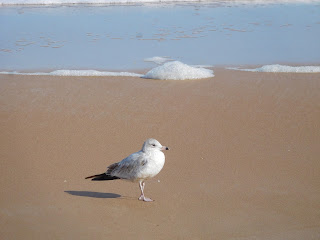I hold an advanced degree. My professional life brings me into contact with some very intelligent people. And according to the standardized tests, I am of above-average intelligence.
Now I will give you an opportunity to question the validity of standardized tests.
If you've been reading for the past week, you know that I've been in Florida and, for most of that time, have had nearly perfect cycling weather.
Well, I'm leaving it all behind me. Yes, I'm going back to New York in January. Flying into JFK, no less.
Now I will give you an opportunity to question the validity of standardized tests.
If you've been reading for the past week, you know that I've been in Florida and, for most of that time, have had nearly perfect cycling weather.
Well, I'm leaving it all behind me. Yes, I'm going back to New York in January. Flying into JFK, no less.









































